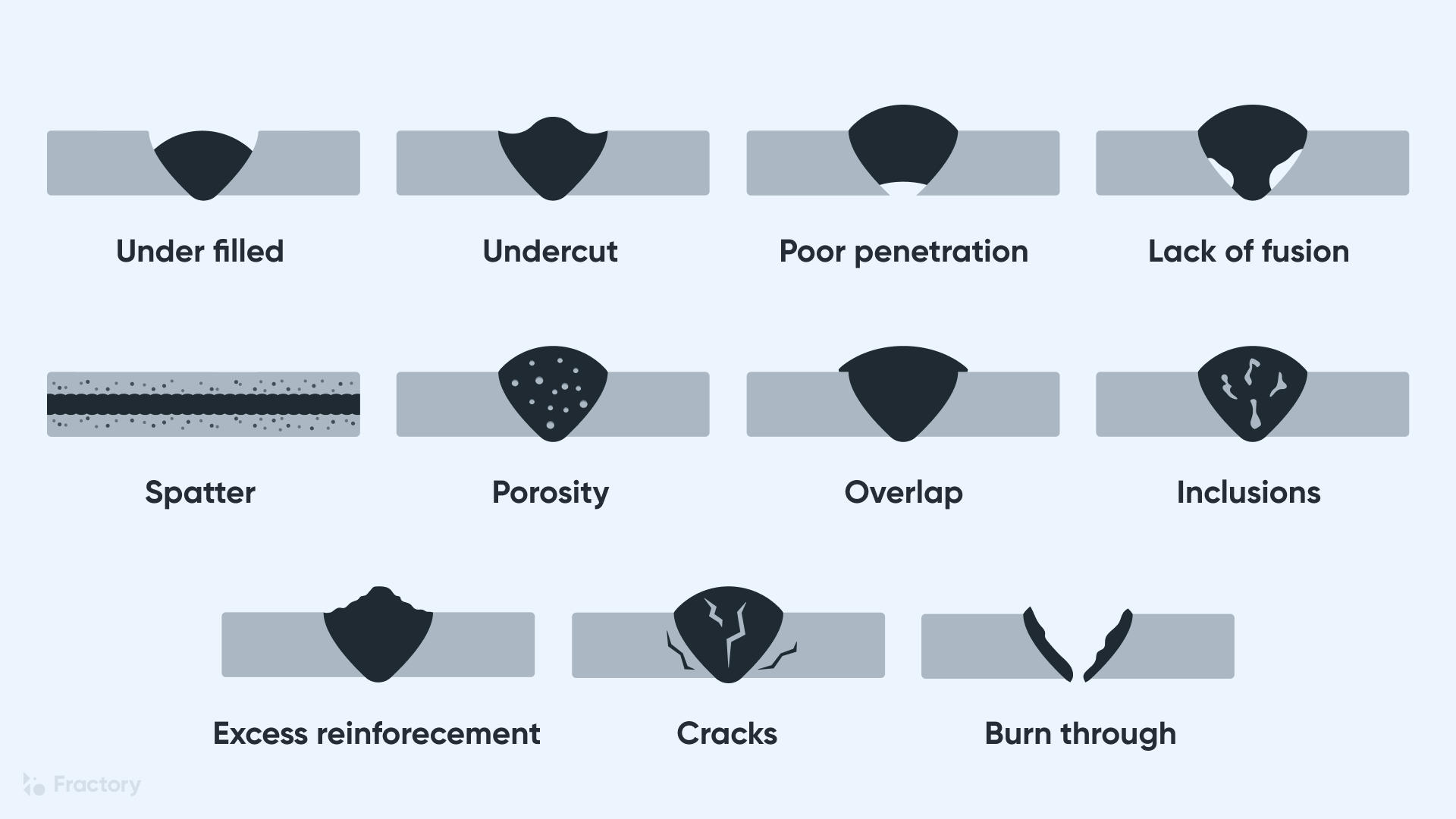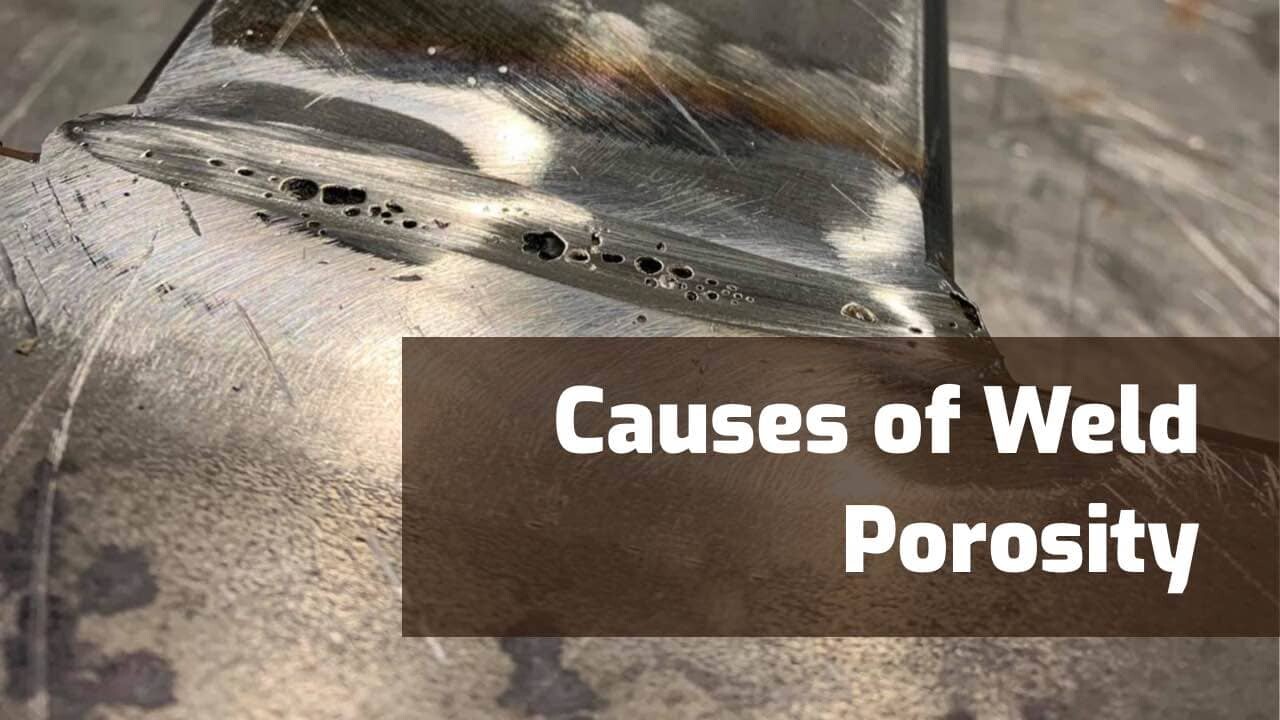What is Porosity in Welding: Best Practices for Preventing Permeable Welds
Understanding Porosity in Welding: Exploring Reasons, Results, and Avoidance Techniques
As specialists in the welding industry are well mindful, comprehending the causes, effects, and prevention methods connected to porosity is crucial for accomplishing robust and trustworthy welds. By delving into the root causes of porosity, analyzing its destructive effects on weld high quality, and exploring effective prevention approaches, welders can enhance their understanding and abilities to generate high-quality welds continually.
Usual Root Causes Of Porosity
Porosity in welding is primarily triggered by a mix of aspects such as contamination, incorrect protecting, and insufficient gas insurance coverage throughout the welding procedure. Contamination, in the form of dirt, grease, or corrosion on the welding surface area, creates gas pockets when heated, causing porosity in the weld. Incorrect securing occurs when the protecting gas, frequently utilized in processes like MIG and TIG welding, is not able to totally secure the liquified weld swimming pool from responding with the surrounding air, resulting in gas entrapment and subsequent porosity. In addition, poor gas coverage, often because of wrong flow rates or nozzle positioning, can leave parts of the weld unprotected, allowing porosity to develop. These aspects collectively add to the formation of gaps within the weld, deteriorating its stability and possibly creating structural problems. Understanding and resolving these usual reasons are critical actions in preventing porosity and making certain the quality and toughness of welded joints.
Results on Weld High Quality
The visibility of porosity in a weld can dramatically endanger the total quality and honesty of the welded joint. Porosity within a weld develops gaps or cavities that deteriorate the structure, making it more susceptible to fracturing, corrosion, and mechanical failure.
Moreover, porosity can prevent the effectiveness of non-destructive screening (NDT) strategies, making it testing to spot various other flaws or interruptions within the weld. This can lead to considerable safety and security issues, specifically in crucial applications where the structural stability of the welded parts is paramount.

Prevention Techniques Introduction
Offered the destructive influence of porosity on weld high quality, effective prevention techniques are important to maintaining the architectural integrity of bonded joints. Furthermore, selecting the appropriate welding criteria, such as voltage, current, and travel speed, can assist decrease the danger of porosity development. By incorporating these avoidance strategies right into welding techniques, the event of porosity can be substantially minimized, leading to more powerful and more dependable welded joints.
Relevance of Proper Shielding
Correct securing in welding plays an essential duty in protecting against atmospheric contamination and ensuring the integrity of welded joints. Shielding gases, such as argon, helium, or a combination of both, are commonly utilized to secure the weld pool from reacting with elements airborne like oxygen and nitrogen. When these reactive elements come right into call with the warm weld pool, they can trigger porosity, bring about weak welds with decreased mechanical buildings.

Insufficient protecting can lead to various problems like porosity, spatter, and oxidation, jeopardizing the structural honesty of the welded joint. Adhering to proper protecting techniques is vital to generate high-quality welds with minimal defects and guarantee the durability and reliability of the bonded components.
Monitoring and Control Approaches
Just how can welders successfully keep an eye on and regulate the welding procedure to make sure optimum results and protect against problems like porosity? One key method is with the use of sophisticated surveillance modern technologies. These can include real-time tracking systems that give feedback on criteria such as voltage, existing, take a trip speed, and gas flow prices. By continuously keeping track of these variables, welders can recognize deviations from the ideal problems and make instant changes to avoid porosity formation.

Furthermore, implementing correct training programs for welders is essential for checking and controlling the welding procedure properly. What is Porosity. Educating welders on the significance of preserving regular have a peek at these guys specifications, such as correct gas shielding and take a trip rate, can help prevent porosity concerns. Routine analyses and qualifications can likewise make sure that welders are competent in tracking and managing welding processes
Furthermore, using automated welding systems can enhance monitoring and control capacities. These systems can specifically control welding parameters, reducing the chance of human mistake and making certain constant weld top quality. By integrating innovative monitoring technologies, training programs, and automated systems, welders can efficiently monitor and control the welding process to reduce porosity defects and accomplish premium welds.
Conclusion
